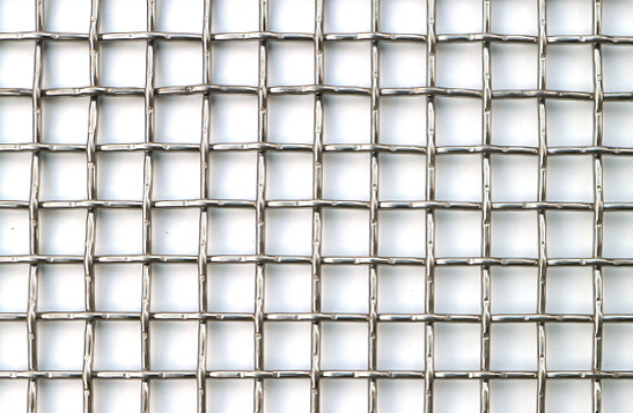Exploring Types of Expanded Metal Mesh
Expanded metal mesh is a versatile material widely used in various industries due to its strength, light weight, and durability. Created by cutting and stretching a solid sheet of metal, it offers unique properties that make it an ideal choice for many applications. This article explores the different types of expanded metal mesh, their characteristics, and their uses.
Firstly, expanded metal mesh can be categorized based on its materials. Common materials include stainless steel, aluminum, and carbon steel. Stainless steel expanded metal mesh is renowned for its corrosion resistance and longevity, making it suitable for outdoor applications and environments with high humidity. Aluminum mesh, being lightweight and resistant to corrosion, is often used in architectural applications, especially in modern building facades where aesthetics and durability are essential. Carbon steel expanded mesh, while strong, requires protective coatings to prevent rust, but it is favored in industrial applications where cost-effectiveness is crucial.
Next, expanded metal mesh can differ in its pattern and size. The two main patterns are raised and flattened mesh. Raised expanded metal features protruding diamonds that enhance traction and grip, ideal for flooring and walkways. Flattened expanded metal, on the other hand, has a smooth surface, making it a preferred choice for applications requiring a clean, finished look, such as in air filtration and designing panels in equipment.
types of expanded metal mesh

Another classification is based on the thickness of the metal used. Thicker expanded metal provides greater strength and load-bearing capacity, suitable for heavy-duty applications like security cages and machinery guards. Thinner meshes are lighter and offer flexibility, which is useful in applications like lightweight partitions and decorative elements.
The uses of expanded metal mesh are vast. In construction, it serves as reinforcement for walls and ceilings, while in industrial settings, it forms guards and protective barriers. Moreover, it is commonly used in the automotive industry for grilles and vents, and in decorative applications, it can be found in furniture and fixtures, adding a modern touch to design.
In conclusion, the various types of expanded metal mesh cater to a broad spectrum of applications, each with its unique characteristics and advantages. Understanding these types can help industries select the appropriate mesh for their specific needs, ultimately enhancing both function and aesthetics in their projects.
-
Trusted Expanded Metal Mesh For All Projects
NewsMay.08,2025
-
Stainless Steel Expanded Metal for Versatile Uses
NewsMay.08,2025
-
Reliable Steel Grating Choices
NewsMay.08,2025
-
Perforated Sheet Metal for Every Need
NewsMay.08,2025
-
Heavy Duty Expanded Metal Mesh for Robust Solutions
NewsMay.08,2025
-
Expanded Aluminum Metal for Versatile Applications
NewsMay.08,2025
Subscribe now!
Stay up to date with the latest on Fry Steeland industry news.

